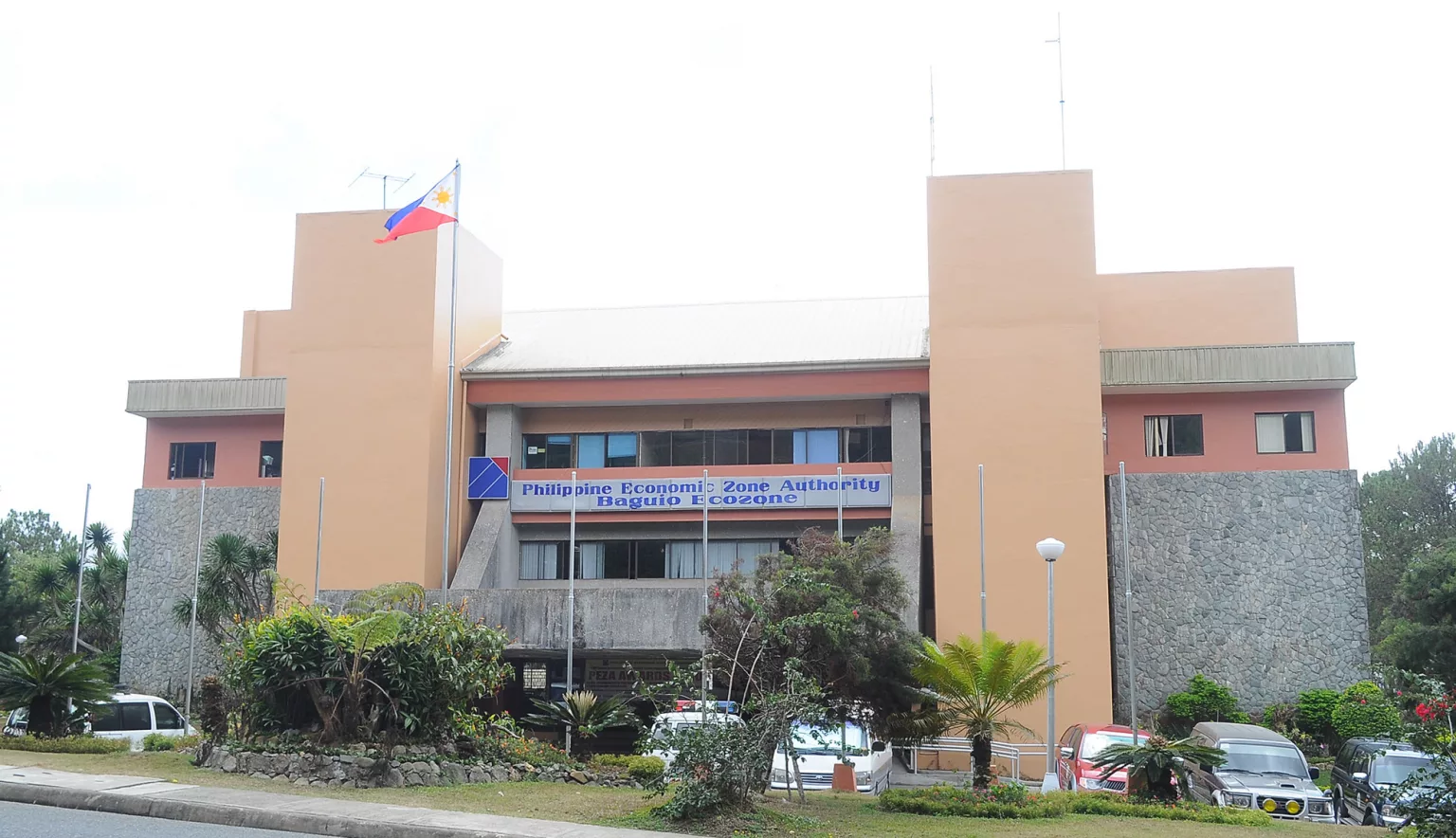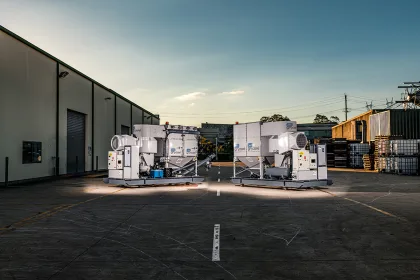The Philippine Economic Zone Authority (PEZA) has authorised special economic zones to provide attractive business and investment opportunities, increasing the competitiveness of the economy.
PHILIPPINES EXPORTS
With its increasing urbanisation, a growing middle class and a young population, the Philippines has one of the most dynamic economies in the East Asia Pacific Region.
Its economic dynamism is rooted in strong consumer demand. Notably well-performing sectors include business process outsourcing, real estate, finance and insurance.
Between 2010 and 2019, the country’s economy expanded at an average annual rate of 6.4 percent.
Improved wages have had a significant effect on household incomes, and poverty rates declined from 23.3 percent in 2015 to 16.6 percent in 2018.
Economic growth will significantly decelerate this year due to the impact of COVID-19, but is expected to rebound gradually in 2021 and 2022. This will be helped by robust domestic activity, including an increase in public investment.
Q&A WITH THE PHILIPPINE ECONOMIC ZONE AUTHORITY
Associations play a vital role in representing the interests of their members at an industry and national level. We asked Ms Charito “Ching” B. Plaza of PEZA to find out more about the current state of industry in the Philippines and what it is doing to advance its agendas
Philippine Economic Zone Authority – more commonly known as PEZA – was created in 1995 under “The Special Economic Zone Act”.
This act established the legal framework to set up economic zones – such as agriculture, industry, tourism and banking – in various parts of the country, where highly trained workers and efficient services were to be made available to enterprises. PEZA was charged with managing this project.
In 2016, Ms Charito “Ching” B. Plaza was appointed as Director General of PEZA by President Duterte.
She reshaped PEZA’s vision and mission – the organisation’s new goal is to become the nation’s primary catalyst for development through the promotion of economic zones, promotion of developer investments and increasing ecozone linkages with local governments, communities, businesses and other stakeholders to spur growth of integrated townships and industry clusters.
APAC Outlook interviewed Ms Plaza to find out more about this fascinating organisation.
Since inception, how has PEZA managed to fulfil its mandate, such as stimulating the repatriation of Filipino capital?
Charito Plaza (CP): Since 1995, PEZA ceased developing the public economic zones, inheriting only the four public ecozones created under EPZA: the Baguio City Economic Zone (BCEZ); Cavite Economic Zone (CEZ); Pampanga Economic Zone (PEZ), and Mactan Economic Zone (MEZ). The Authority instead encouraged the private sector to develop, maintain and operate economic zones at no cost to PEZA or the government.
PEZA now manages a total of 408 public and private economic zones as of December 2019, with 4,587 locator companies as of March 2020. 284 of these are located in Luzon, 82 are located in Visayas, and 42 are located in Mindanao. These have evolved from PEZA’s 16 registered economic zones and 331 locator companies.
As of 2019, PEZA-registered ecozones have been directly employing 1,601,492 workers and indirectly employing a further 8,007,460 workers. In terms of capital, a total of $200 million in investments and $2.73 billion in exports were recorded in 1994 – by 2019, after PEZA took over management, this had leapt to $2 billion in investments and $54.6 billion in exports.
What do you find most exciting about economic development in the Philippines?
CP: Economic development is exciting in the country because of the GSP+ granted to the Philippines by European Union (EU) Parliament on December 19, 2014. The Philippines is the only country granted this privilege among its other ASEAN counterparts.
The country also enjoys zero tariff on its 6,274 products, with 40 percent of local content destined for Europe. There is also zero tariff on 3,500 products destined for the USA with the exemption of textiles and apparel, watches, footwear, work gloves, and leather apparel.
In an article published last April 29, 2020 by the CEO Magazine, the Philippines ranked seventh in the top 10 countries to invest in Asia post-COVID. This is attributed to the fact that the country is described as the tech hub of Asia.
On the flip side, what are PEZA’s biggest challenges?
CP: There are two challenges that PEZA currently faces regarding investment promotion.
The first is that other ASEAN countries have relatively better incentives and a lower cost of doing business. For example, the Philippines has the highest corporate income tax rate among the 10 ASEAN member countries (30 percent), and one of the shortest income tax holiday periods. It also is one of the few ASEAN countries whose government doesn’t subsidise electricity, meaning rates are higher.
The second challenge is that the Philippines’ ever-changing laws in the country create uncertainty among investors. Unfortunately, the impression among investors is that whenever we change leaders or administration, we also change laws. Therefore, it creates a feeling of instability.
PEZA has been advocating for reform in the tax system to encourage foreign investors and export-oriented businesses to the Philippines. In particular, it supports the Corporate Recovery and Tax Incentives for Enterprises (CREATE) bill, which will make fiscal incentives performance-based, time-bound, targeted and transparent.
How has COVID-19 affected the economy in the Philippines?
CP: COVID-19 was an unexpected hurdle that the whole world had to face, with different challenges arising as companies were forced to look for alternative means to sustain their business.
The pandemic has had a significant impact on the operations of companies in the Philippines as their day-to-day business activities have been interrupted.
Factors that have affected their business operations are the following: costly and insufficient accommodations; lack of workers to constitute the skeletal workforce due to LGU lockdowns; difficulty complying with social distancing in production areas; and lack of raw materials and cancelled orders. There was added uncertainty on the government’s plans and policies, and also whether companies would be approved under the Small Business Wage Subsidy Program (SBWS).
Despite the difficulties, PEZA’s ecozone locators are helping to keep the economy afloat as it needs to continue to operate and export to survive in the international market. In the process, it is able to remit taxes and keep the jobs and other businesses that are dependent on its operations.
It is, furthermore, constantly attracting new investors to the country by conducting virtual forums. In fact, PEZA’s FDI data for the first half of 2020 has increased by 26 percent from 2019, despite the onset of COVID-19.
This can be attributed to the planned expansion and development projects PEZA is running with export manufacturing and IT companies over a three-year period. In summary, ecozone investors are hopeful of a recovery in 2021, and anticipate the upturn of global trade and economic growth.
What trends are currently transforming various industries in the country, and how are you responding to them?
CP: Economic trends in the recent decades have been towards digitalisation, integrated eco-towns and business-friendly urban planning. However, the Philippines must further improve infrastructure and digital connectivity as this is inequitably centred in the capital.
Furthermore, PEZA is steadfastly committed to environmentally friendly industrialization; we can actually industrialise without destroying the environment.
Thus, under PEZA’s new 10-point programme, we have included the creation of different types of economic zones according to land potential and resources. The programme to create different types of economic zones promotes smoke-free, drug-free, pollution-free, and smart economic zones including agro-forestry, aquamarine and island city ecozones. Such environmentally-friendly ecozones will enable us to use our natural resources more responsibly.
Have you got any projects in the pipeline you wish to highlight?
CP: Yes, I would like to tell you a little more about PEZA’s 10-point programme, which is set up to address the efficiency factors towards attracting and assisting investors, to create a globally competitive, sustainable, and environmentally friendly business environment in our economic zones, and to train and transform Filipinos into multi-skilled, knowledgeable and world-class workers. The 10-point programme includes everything from building new eco-towns and eco-cities in every region to establishing an online map of the different economic zones in the country.
We are also setting up several interesting initiatives, such as the DOLLAR Program, which caters to repatriated overseas Filipino workers (OFWs), unemployed workers and those rendered jobless by the COVID-19 pandemic. The DOLLAR Program launched on July 29, 2020, with 69,081 jobs made available to these groups. It also provides an online training platform, which people can use to improve their skills and employability.
How do you see the Philippines’ economy developing over the next five years?
CP: In terms of the country’s GDP growth forecast for 2020, NEDA predicts a negative growth forecast (a two – 3.4 percent contraction) due to coronavirus. Our saving grace is that the Philippines is expected to perform better than many ASEAN and advanced economies that are badly affected by the global COVID-19 pandemic.
In order to thrive in the future, we must aim to establish an economy that is production and export-driven rather than forever be an import and consumption-dependent economy. Strategic planning for creating various types of ecozones has been the trend in our ASEAN counterparts, and it has been proven to be effective. If they can do it, we can as well.
Are you optimistic about the future of the economy in the Philippines?
CP: We remain positive that PEZA and the country in general will be able to bounce back from the effects of the COVID-19 pandemic. It is true that the COVID-19 pandemic affected our economy badly. It’s now been reported that we’re in a recession, with the country’s GDP shrinking to 16.5 percent in the second quarter. Nevertheless, we at PEZA remain hopeful of bouncing back from this.
We have to treat this crisis as both a lesson and an opportunity. COVID-19 cannot stop PEZA in performing its mandate to register, manage, and operate public and private economic zones in the country.
PEZA continues to attract investors to come and invest to the Philippines despite the crisis and will continue to do so in the future.
KEY PLAYERS
The following represent some important industrial and commercial hubs to be found within the Philippines.
- Anflo Industrial Estate (AEI): The Philippines Premier Agro-Industrial Hub, AEI, is a 63-hectare industrial Special Economic Zone registered under the Philippine Economic Zone Authority. It is located strategically between two major economic hubs, Davao City and Tagum City, designed to further develop the vast potential of the agro-industry within the region. It is only 300 metres away from the Davao International Container Terminal, the largest in the region, which imports and exports large amounts of agricultural products.
- St Frances Cabrini Medical Tourism Park
- Hermosa Ecozone Industrial Park
- Central Technopark


























